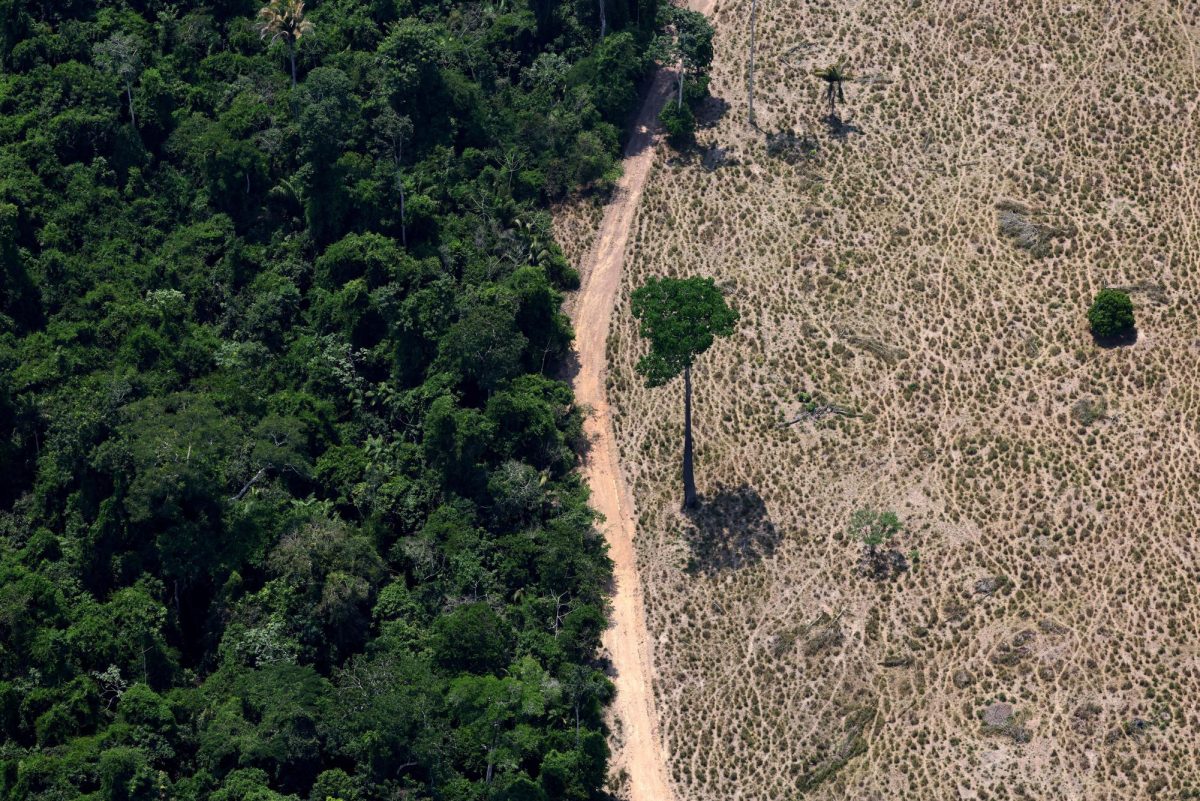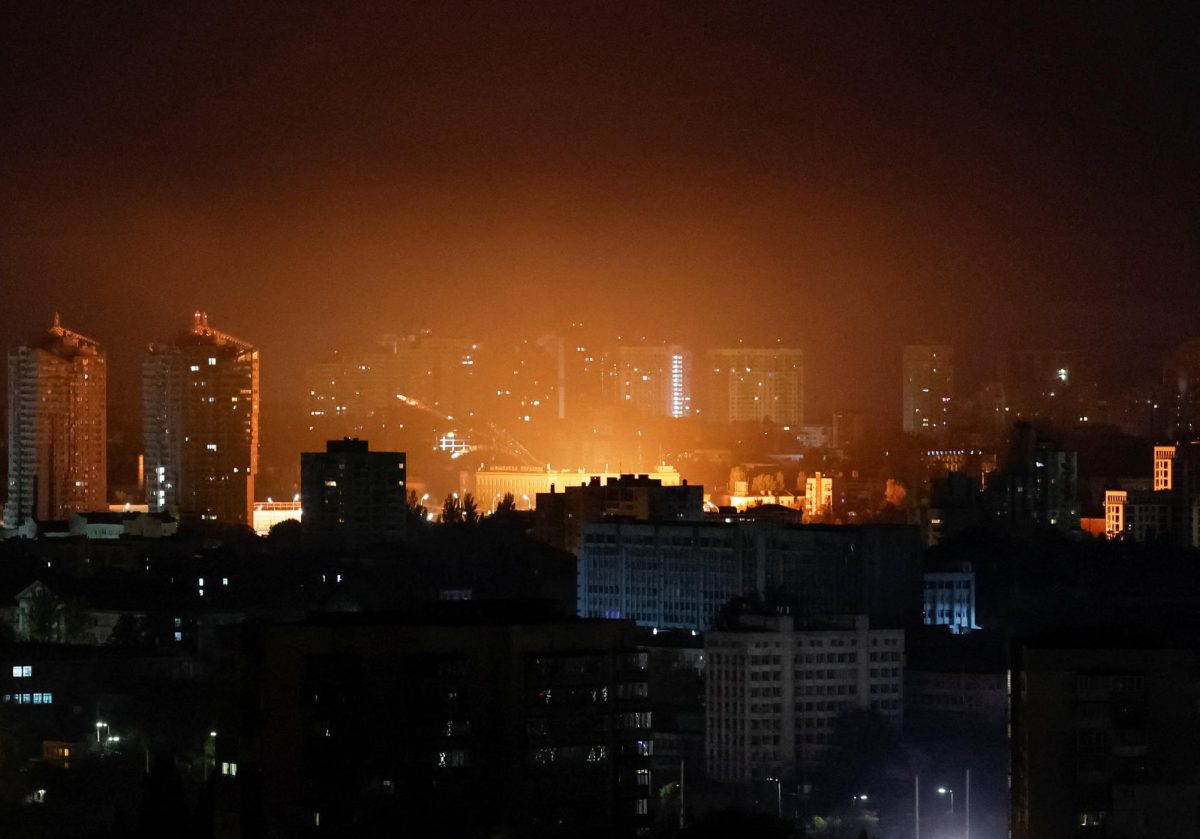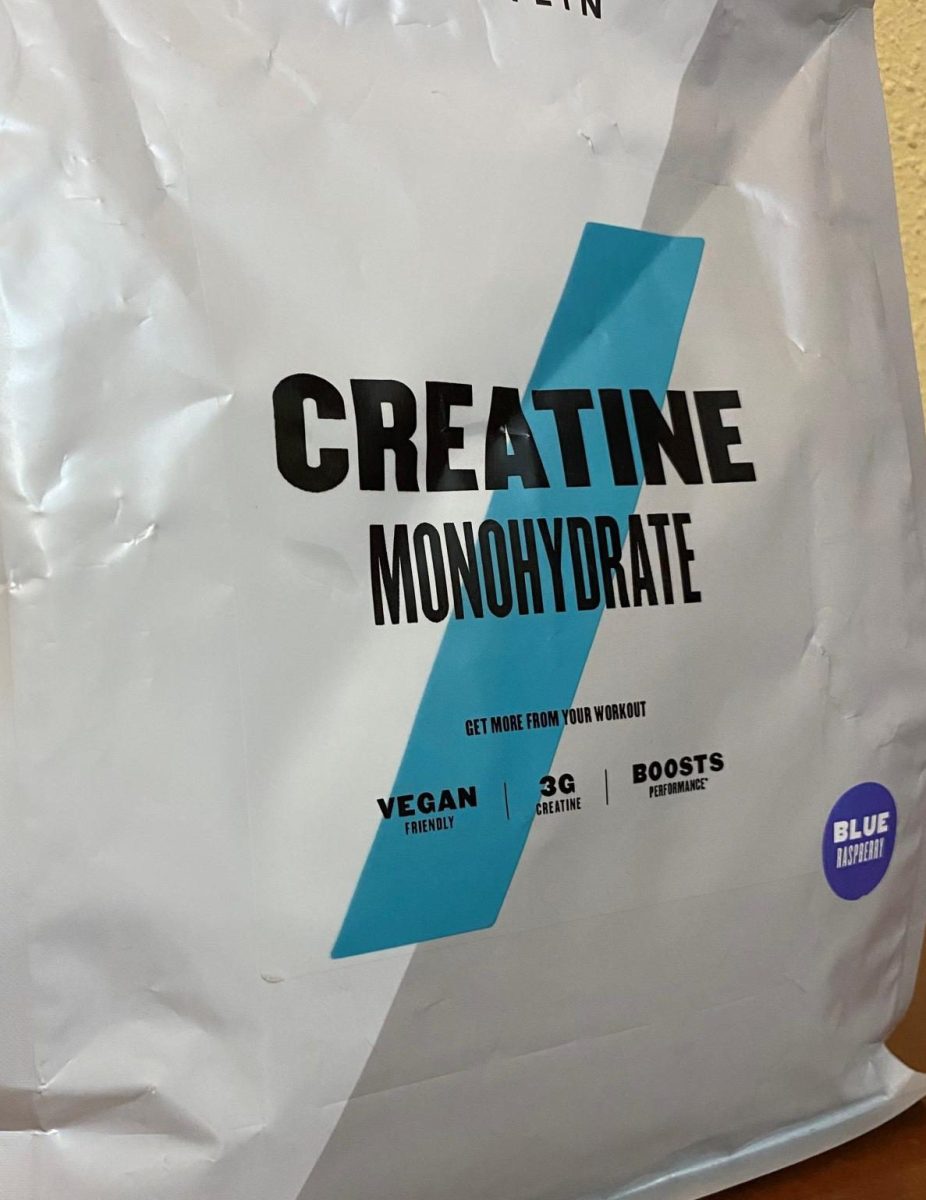Everyone knows about the idea of an item or style that becomes a trend and then the next month that item is no longer popular. Trends happen in the fashion industry almost weekly it seems, causing companies to produce clothing that takes advantage of the trend. When the next trend comes along the process continues, but there is a problem.
The mass production of low-quality clothing created to ride a trend or current craze is called fast fashion and is responsible for 10% of global greenhouse gas emissions.
The manufacturing of clothing takes massive amounts of energy and resources, a majority which are harnessed by nonrenewable fossil fuels, and so the model of fast fashion leads to routine pollution. According to the UN, the industry consumes more energy than the aviation and shipping industry combined.
When trends emerge in the fashion world, companies will produce large amounts of a specific type of clothing or pattern to meet the demand. But trends come and go, so there arises a problem–all of those recently produced pairs of clothing will not just go away, and instead most will end up being wasted and sent to landfills only after being produced a month or even a week before.
So as items trend more of that item is produced to meet demand except when the demand dies down. The items no longer sell well and are often sent to landfills, creating millions of tons of textile waste.
Another aspect of this issue is the idea that the want for speed causes sacrifices in design and quality. Companies will often settle for cheap chemical dyes instead of traditional natural dyes. Companies will also attempt to lower the price of production by using cheaper fabric or synthetic materials in the effort to get the product out to consumers as quickly as possible.
Due to the changes in design, synthetic dyes pollute the environment and the dyes are chemically produced. Synthetic dyes are non-biodegradable and carcinogenic which means they have been linked to causing cancer.
The fashion industry also uses around 93 billion cubic meters (21 trillion gallons) of water annually, enough to fill 37 million Olympic swimming pools and a majority of this water comes from village sources and leaves the lakes poisonous and discolored. Producing a single pair of jeans consumes around 7,500 liters (2,000 gallons) of water, from growing raw cotton to finished product, according to the United Nations.
Now imagine the thousands of pairs produced every day. The process of creating jeans for example involves repeated treatment of fabric in chemicals and other non-environmentally friendly coatings.
The sources of water for textile production are often left so polluted that you cannot swim in the body of water without developing health complications or in some cases cancer. Lastly, another problem stems from the fact that many producers are located in poverty-ridden locations and do not possess the all necessary filtration systems.
There is a lake in China that has been left so polluted that there is now a danger to swim in it. This business model is simply statistically unsustainable. We cannot continue like this. The model of fast fashion realistically cannot and will not stop being put in use for most likely our lifetimes, but alternatives can be implemented to make the process more eco-friendly.
We can promote the idea of donating clothes that we do not wear anymore, and try to avoid throwing away good clothes. Be mindful of what brands utilize the fast fashion model (and, spoiler, there are a lot). To name a few: Old Navy, H&M, Urban Outfitters, American Eagle, Forever 21 and most notably Nike.
Our society builds up the idea that you must follow trends to fit in, but this idea creates demand for new clothing regularly. This is great for the world economy and this industry generated 1.53 trillion U.S. dollars in 2022, but the waste created is not sustainable or good.











































